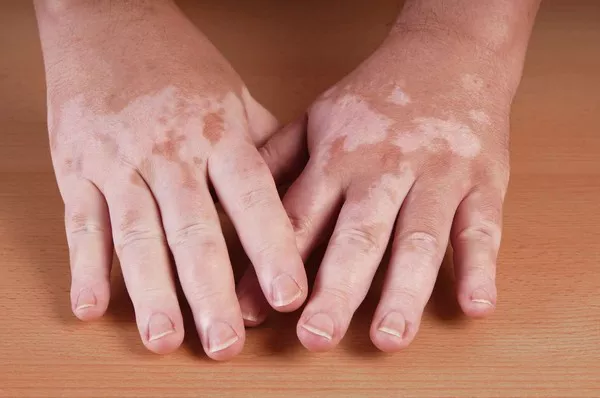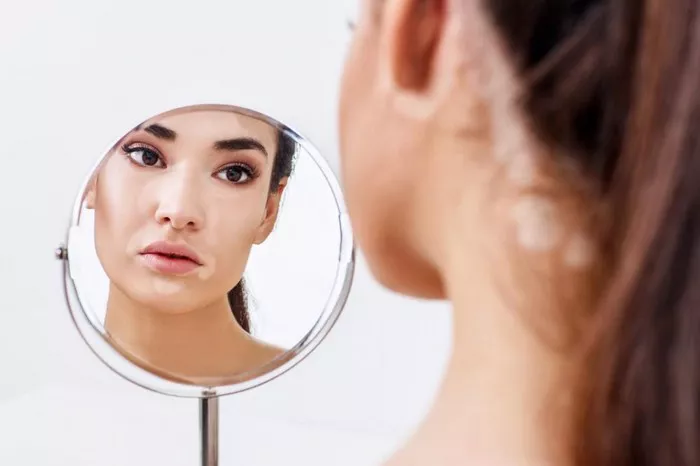Vitiligo is a skin condition characterized by the loss of skin pigmentation, resulting in white patches on various parts of the body. This condition affects individuals of all races and ethnicities and can have a significant impact on a person’s self-esteem and quality of life. While there is no definitive cure for vitiligo, various treatments are available to manage the condition and potentially restore skin coloration. One such treatment that has garnered interest is Lukoskin. But can Lukoskin truly cure vitiligo? Let’s delve into the details.
Understanding Vitiligo
Before exploring Lukoskin’s efficacy, it’s essential to understand vitiligo itself. This condition occurs due to the destruction of melanocytes, the cells responsible for producing melanin, the pigment that gives skin its color. The exact cause of vitiligo remains unclear, although autoimmune factors, genetic predisposition, and environmental triggers are believed to play roles.
Vitiligo manifests as depigmented patches on the skin, most commonly on areas exposed to the sun, such as the face, hands, arms, feet, and lips. The patches can vary in size and location and may progress over time. Vitiligo is not contagious or life-threatening but can cause emotional distress and impact a person’s social interactions.
Current Treatment Options
The management of vitiligo focuses on restoring pigmentation in affected areas and preventing further spread. Treatment options include topical corticosteroids, phototherapy (using UV light), depigmentation therapy (to lighten unaffected skin), and surgical procedures like skin grafting.
However, these treatments have limitations and may not be effective for all patients. Therefore, there is ongoing interest in exploring alternative therapies like Lukoskin, particularly in regions where traditional treatments may not be readily accessible or affordable.
What is Lukoskin?
Lukoskin is an Ayurvedic formulation developed by the Defence Institute of Bio-Energy Research (DIBER) in India. It comprises a topical oil and an oral liquid supplement containing natural extracts and herbs. The formulation is purported to stimulate melanocyte function and repigmentation of the skin in vitiligo patients.
Scientific Evidence and Research
The efficacy of Lukoskin in vitiligo treatment has been the subject of several studies and clinical trials. Research suggests that Lukoskin may have immunomodulatory and antioxidant properties that could benefit vitiligo patients by promoting melanocyte regeneration and melanin production.
A study published in the International Journal of Pharmaceutical Sciences and Research evaluated the effects of Lukoskin in vitiligo patients over a six-month period. The results showed a significant repigmentation rate in patients treated with Lukoskin compared to those receiving conventional therapy alone.
Another study conducted at the All India Institute of Medical Sciences (AIIMS) explored Lukoskin’s impact on oxidative stress markers and melanin production. The findings indicated that Lukoskin demonstrated antioxidant effects and stimulated melanogenesis, offering potential benefits in vitiligo management.
Clinical Experience and Patient Testimonials
Beyond scientific research, anecdotal evidence and patient testimonials also support the use of Lukoskin in vitiligo treatment. Many individuals have reported positive outcomes, including noticeable repigmentation and improved skin appearance, after using Lukoskin as part of their treatment regimen.
However, it’s important to note that individual responses to treatment can vary, and not all patients may experience the same level of benefit. Furthermore, the long-term safety and efficacy of Lukoskin require further investigation through rigorous clinical trials.
Considerations and Recommendations
While Lukoskin shows promise as an alternative treatment for vitiligo, several considerations should be taken into account:
1. Consultation with Healthcare Professionals: Patients considering Lukoskin or any alternative therapy for vitiligo should consult with qualified dermatologists or healthcare providers. A comprehensive evaluation of the patient’s condition and medical history is essential to determine the most suitable treatment approach.
2. Combination Therapy: Lukoskin may be used in combination with conventional treatments to enhance outcomes. Complementary approaches, such as phototherapy or topical medications, could be integrated into the treatment plan as recommended by healthcare providers.
3. Patient Expectations: Realistic expectations are crucial in vitiligo treatment. While Lukoskin may promote repigmentation in some individuals, complete restoration of pigmentation may not be achievable in all cases.
4. Safety and Monitoring: Monitoring for adverse effects and long-term safety considerations should be prioritized in patients using Lukoskin. Regular follow-ups with healthcare providers are recommended to track progress and adjust treatment as necessary.
Conclusion
In conclusion, Lukoskin holds promise as a potential adjunctive therapy for vitiligo, based on available scientific evidence and clinical experiences. While more research is needed to validate its long-term efficacy and safety, Lukoskin represents a promising avenue for individuals seeking alternative treatments for vitiligo, particularly in regions where conventional therapies are not readily accessible.
As with any medical condition, it is essential for individuals with vitiligo to work closely with healthcare professionals to develop a tailored treatment plan that considers their unique needs and circumstances. By fostering collaboration between patients, dermatologists, and researchers, we can continue to advance our understanding and management of vitiligo, ultimately improving outcomes and quality of life for those affected by this challenging condition.
Related Topics:

























